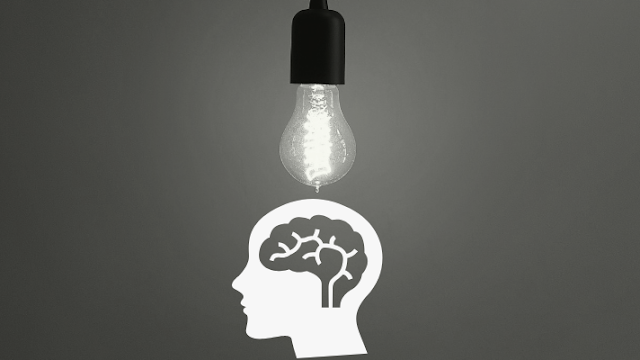On a serious note, the
education system has undergone very minor changes over the decades. Fortunately,
the approach to education is changing in some places yet there would be no much
difference until every school or college starts with it – “The Inquiry-based
Learning”. Critical thinking skills are essential for the person to handle
their own life. However, it cannot be done in a day. But there’s a plan!
Inquiry-based Learning should
be introduced in schools to make kids powerful beings in future. Teachers
telling something and students agreeing to it without further inquiry won’t
help much in this generation. This limits the possibility of thinking big -
thinking out-of-the-box. So, teachers should have to go with inquiry-based
learning to help students achieve what they want in life.
What is Inquiry?
The inquiry is asking
questions and finding answers.
What is Inquiry-based Learning?
Encouraging students to do
self-inquiry and self-learn all by themselves by guiding them can be called as
Inquiry-based learning. In this approach, the student should work more than a
teacher. The goal of the teacher is to make the students think, understand, and
learn themselves. If a kid can do this, they will be successful at managing
their life without the help of others (self-dependant in all aspects).
Step-by-Step Guide for Inquiry-based Learning
Choose a Topic: The teacher
has to choose ever-green topics or current topics to teach students inquiry-based learning. Topics could be
something like plastic usage, recycling, social media addiction, etc. You can
also ask students to choose the topic themselves. They should be allowed to
choose the topic in which they are interested.
Observing every student and
identifying their weaknesses and encouraging them to think and find the
solution is another way. For instance, if you identify a student is unable to
focus while listening to the classes or studying, you should choose the topic ‘focus’
for him.
Pose Questions: Posing different and as many as possible questions will help students to understand their capabilities. Going with the same example, the following questions could be asked.
Why are you unable to focus?
Are you not interested in
education or this learning method?
Are you not interested in
maths?
Are you unable to understand
what I was teaching?
Like-wise, the teacher can ask
students different questions that trigger thinking about their problem. Also,
this helps understanding themselves better.
Conduct Research and Analysis: The role of the teacher is to ask questions while the research and analysis should be done by the student. However, the teacher should always be there for guidance. Initially, students should be encouraged to do their research and gather information from various sources like books, internet, persons, their thoughts etc.
And then, with the gathered
information, students should start analysing. Believing the information without
analysing is the terrible thing that people are doing for ages. The teacher
should ask people to analyse the information carefully to find out the facts.
Drawing Conclusions: This step is tough and crucial too! But, a teacher should allow students to conclude by themselves. It is quite common that people have different opinions and understanding levels. Fixed notions don’t help students and so teachers shouldn’t decide what’s right or wrong. If at all, the teacher feels the conclusion of the student is wrong, they have to pose more questions to make students understand it by themselves.
Benefits of Inquiry-based Learning
Inquiry-based learning doesn’t
just help students in their education but it supports them to make decisions
with clarity for a lifetime. Here are some benefits of Inquiry-based learning.

Hey nice post. Good work. Please visit.
ReplyDeleteiPhone price in Nepal article also.
Its useful for you too.
ReplyDeleteHey nice post. Good work. keep going. Please visit.
Online shopping, ecommerce in Nepal - fatafat sewa article also.
Its useful for you too.